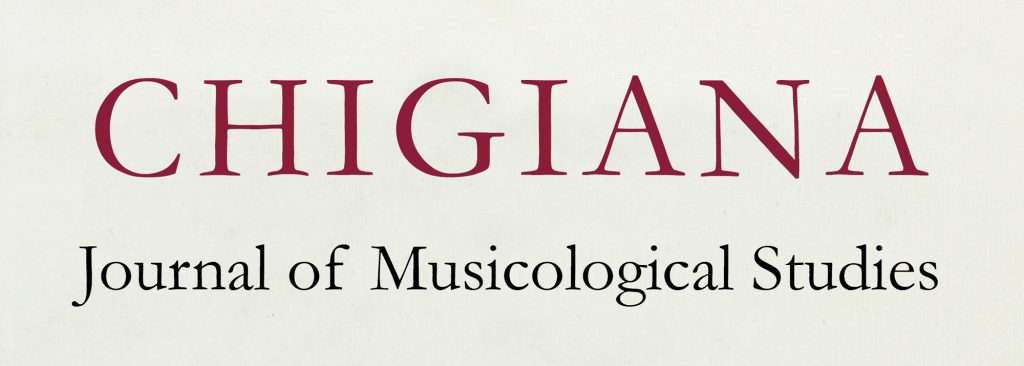
Music innovation, journalism, culture
Over the past fifty years, the relationship between music, especially the ‘new’ music, and the ways of talking about it to the audience has been significantly transformed. The attitude of the critic whose role is directing the people’s judge on the aesthetic value of one or another musical production on the basis of his or her institutionally recognised knowledge, has gradually been replaced by a way of sharing poetic, aesthetic and political aims between artists and their commentators. This phase of mutual exchange and inspiration was then followed by a radical change in the function of the discourse on music, from a space of reflection to a tool of promotion.
Such a change, which has affected the ways of understanding both the authority over musical knowledge and the way of feeling, the right to speak and the purposes for which it is exercised, has occurred in parallel with the transformation of the media system, which has slowly modified, reduced, and eliminated the traditional spaces of expression for music journalism. Meanwhile, new spaces have opened up in the mediascape for the discourse on music: from the third page of newspapers to specialist magazines, fanzines and blogs; from radio broadcasts to podcasts; from highbrow television programmes to online video playlists; from conversations in concert hall foyers to profiles on social networks.
Over the last five decades, at least three generations of professionals have had to deal with the transformation of formats and practices in music criticism and popularisation. The three voices invited to this conversation represent these three generations. They have also contributed to turn this transformation useful for effectively communicating the meaning of music, the motivation for creating and performing it, and the reasons for listening to it.
L’innovazione musicale, la critica, la cultura
Negli ultimi cinquant’anni la relazione fra la musica, soprattutto quella “nuova”, e i modi di parlarne al pubblico si è trasformata significativamente. Alla postura del critico responsabile di orientare il giudizio sul valore dell’una o dell’altra creazione musicale, sulla base di un sapere – il suo – istituzionalmente riconosciuto, si è via via sostituita una forma di condivisione degli obiettivi poetici, estetici, politici fra gli artisti e i loro commentatori. Questa fase di interlocuzione reciproca e mutua ispirazione ha visto poi sopraggiungere un radicale mutamento della funzione del discorso sulla musica: da luogo di riflessione a strumento di promozione.
Tale cambiamento, che investe i modi di intendere l’autorità sul sapere e sul sentire, il diritto di parola e gli scopi per cui si esercita, è occorso in parallelo alla trasformazione dell’universo mediale, che ha lentamente modificato, ridotto, e infine sottratto alla critica e alla divulgazione musicale gli spazi di espressione tradizionali, aprendone allo stesso tempo di nuovi: dalla terza pagina dei quotidiani ai periodici specializzati, fino alle fanzine e ai blog; dall’informazione radiofonica ai podcast; dai programmi televisivi d’autore alle playlist di video in rete; dalle conversazioni nei foyer delle sale da concerto ai profili dei social network.
In questi decenni, almeno tre generazioni di professionisti hanno dovuto fare i conti con la trasformazione dei formati e delle pratiche in cui si esercitano la critica e la divulgazione musicale. I tre invitati a questa conversazione rappresentano tali generazioni. Ciascuno di loro ha saputo interpretare la trasformazione per rendere i suoi meccanismi utili a comunicare ancora efficacemente il senso della musica, le ragioni per crearla ed eseguirla, i motivi per ascoltarla.
